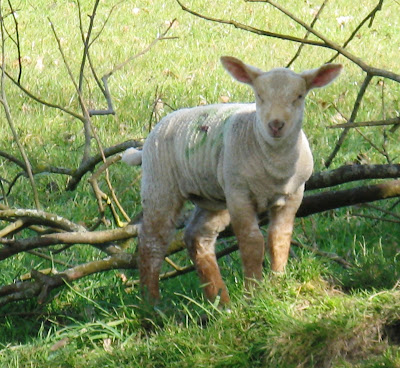This blog may help people explore some of the 'hidden' issues involved in certain media treatments of environmental and scientific issues. Using personal digital images, it's also intended to emphasise seasonal (and other) changes in natural history of the Swansea (South Wales) area. The material should help participants in field-based modules and people generally interested in the natural world. The views are wholly those of the author.
Saturday, 19 March 2022
Seeing the Changes 1579
Lots of activity. In Langland, Sweet violet (Viola odorata) and Sea spurge (Euphorbia paralias) were in bloom. Alexanders (Smyrnium olusatrum) was flowering in Loughor. A mining bee, probably Andrena haemorrhoa was active on the cliffs of Langland. My first Small tortoiseshell butterfly (Aglais urticae) basked in Loughor and lambs (Ovis aries) gambolled in Gowerton.
Subscribe to:
Post Comments (Atom)
-
I n the UK and US, a pparently popular and successful vegan/vegetarian restaurants are reportedly closing or adding meat to their menus ( ...
-
Early ripening fruit may seem convenient but some folk think it confirms environmental stress. There's also a possibility th...







%20mating%20NWCW.jpg)


No comments:
Post a Comment